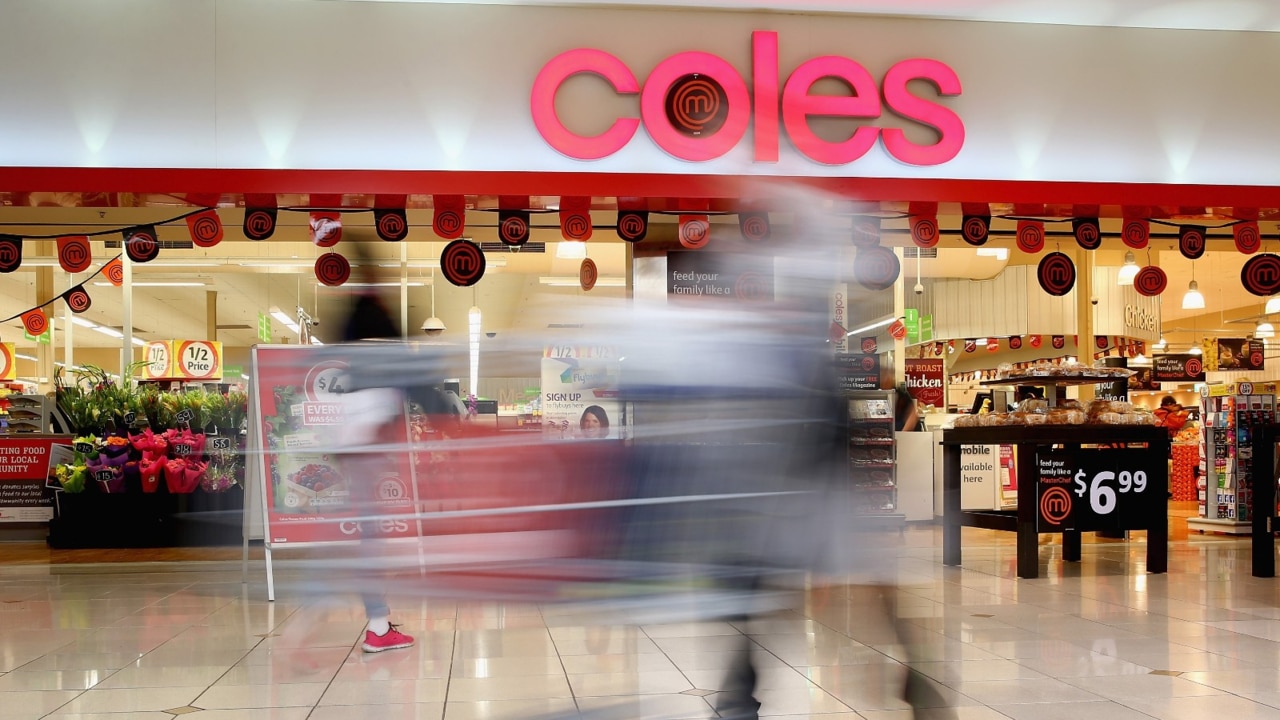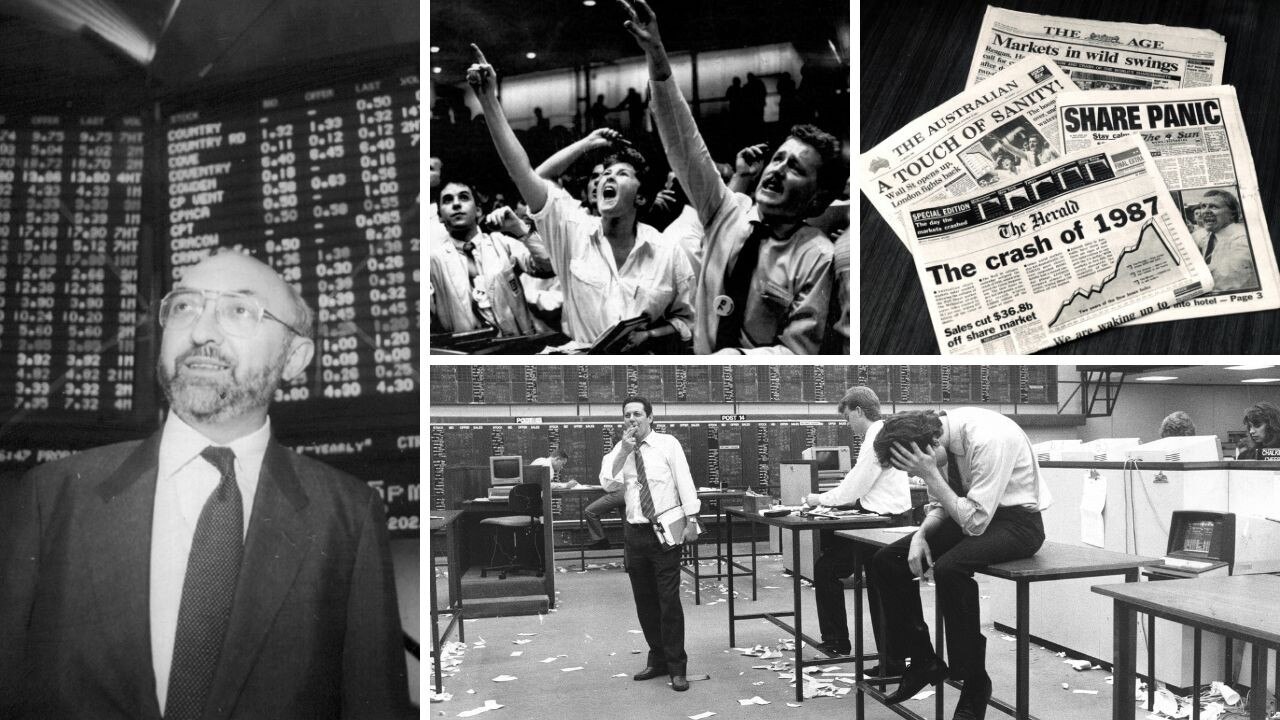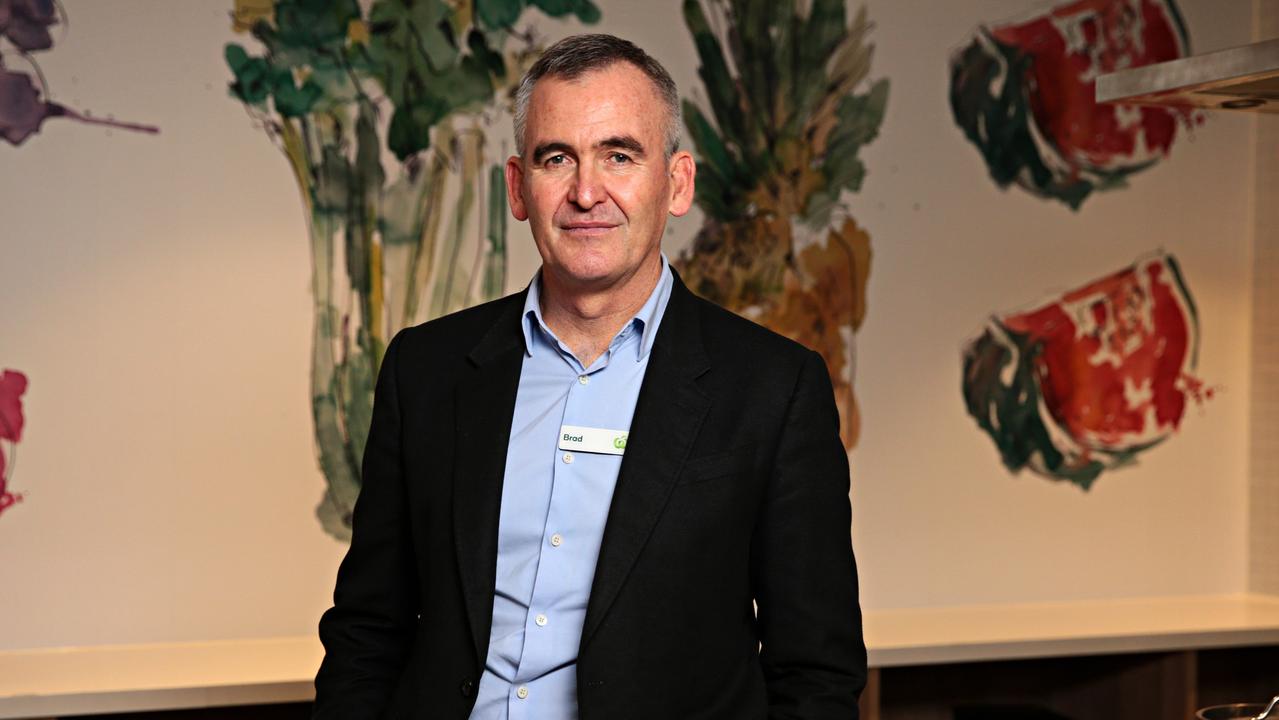Shoppers the real winners of the supermarket wars
Coming out of Covid, who’s been winning the great and seemingly eternal battle in the supermarket aisles. The latest profit reports from Coles and Woolworths provide an unambiguous answer.

Terry McCrann
Don't miss out on the headlines from Terry McCrann. Followed categories will be added to My News.
Coming out of Covid, who’s been winning the great and seemingly eternal ‘battle of the down under aisles’: Coles or Woolworths?
Their profit reports provide an unambiguous answer – Woolies. And, I’d add, shoppers, in both, as well – despite claims of ever-rocketing prices.
Comparing the latest 2022-23 numbers with 2018-19, the last full year before Covid, Woolies has lifted its food sales by 24 per cent, significantly faster than the 16 per cent shown by Coles.
Over the four years the Woolies operating profit (EBIT) was up 57 per cent, Coles by 43 per cent.
As a consequence, both lifted their EBIT margins. Woolies from 4.7c in the sales dollar to 6c; Coles from 4c to 4.8c in the sales dollar.
In sum and in short, Woolies added significantly more dollar sales, and not only kept more margin in the till, but increased the profit gap over its rival.
So, shoppers got screwed? Well, I would argue, No.

Across both chains, their whole-of-store price rises ran below general CPI inflation.
In the year just ended Woolies’s in-store inflation was 5.2 per cent; Coles a somewhat higher 5.8 per cent.
In the first year out of Covid, 2021-22, and the beginning of our general inflation surge towards Christmas 2021, Woolies had lifted its prices by 3.6 per cent and Coles by 4.3 per cent.
I would suggest that shoppers had got so used to FALLING prices, quite literally year after year and, mostly, right across the supermarket, that ANY price rises now seem more punishing.
An important message in both sets of numbers, was that over the 2022-23 year there was zero
actual volume growth; all the bottom line sales growth at both Coles and Woolies was inflation.
With Woolies, sales up 5 per cent; supermarket inflation 5.2 per cent.
With Coles, sales up 5.9 per cent; supermarket inflation 5.8 per cent.
That suggests the interest rate rises AND the impact of the very inflation itself – especially those soaring energy bills – had combined to sharply reduce available household income for spending.

And, it did so, at an accelerating pace towards the financial year end; so that not only household discretionary spending was taking a hit, but also spending on basic supermarket necessities as well.
This is further evidence that unless broad inflation takes a nasty turn upward – beyond the higher number we are already locked in to get for this current September quarter – the RBA is probably to almost certainly done with rate rises.
Obviously, as I’ve been explaining, the Cup Day meeting – the second under new governor Michele Bullock – will be absolutely pivotal; along with the September quarter inflation numbers two weeks before it.
The big question is whether we find we managed to stay on departing governor Philip Lowe’s
“narrow path” – to getting inflation down towards and then below 3 per cent, without sending the jobless rate rocketing up.
And also whether inflation stays stickily above 4 or even 5 per cent.
The answers to those questions will drive what happens to interest rates in 2024 – a move to rate cuts or, unpleasantly, a return to hikes, even with rising jobless numbers.





